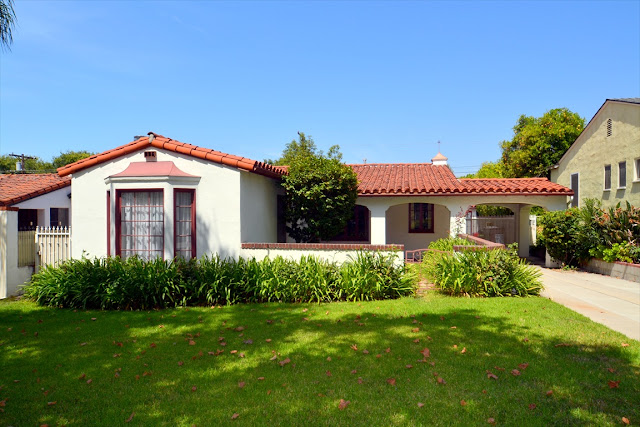Deconstruction/Deconstructive Architecture (Page 9)
Deconstructive architecture does neither ignore the context nor is anti-Contextual. It makes specific interventions to the context that makes familiar elements of the context unfamiliar. Towers are turned or their sides and bridges are tilted up to make towers. Underground elements erupt from ground as if to make some previously unnoticed disruptive character of the Context a part of its theme. The disrupted context starts to resonate with the disrupted interior that calls into question the status of the Wall that define the form. The form no longer encloses the inside from the outside but violently breaks open. No simple windows or doors puncture the Walls but the wall is instead tormented. It is split and folded. The wall no longer divides the inside from the outside, the familiar with the unfamiliar. The whole condition of the enclosure is disturbed so is the understanding of form from tradition.
Although it puts into question the traditional understanding of form, deconstructive architecture is not avant-garde. It instead attempts to expose the unfamiliar hidden or suppressed by tradition. It inhabits tradition in order to show architecture is always impure, Corrupt, infected, and unstable. By inhabiting tradition and obeying its inner logic rigorously, deconstructive architecture discovers dilemmas within tradition that has been otherwise overlooked and suppressed. The uneasy alliance of strikingly different architects who practice, question this tradition through their own different ways. Frank Gehry tends to revive the early constructivism with aggression and contrast bout with a hint of Satire. Rem koolhas and Zaha Hadid, on the other hand, borrow from late constructivism to combine different modern typologies through distorted abstractions. Bernard tschumi, also using late constructivism vocabulary, engages randomly Superimposed layers to locate points that bring heterogeneity and non-Coincidence. Peter Eisenman, on the other hand, uses complex computer theatrics to dislocate those points, lines, and planes.
Hence, while starting from the avant-garde constructivism sources, deconstructive architecture, consciously or unconsciously and irrespective of views of critics, possesses dualities noticeable in Derrida's deconstruction applicable in linguistics. Deconstructive architecture demonstrates how 'impurity' and "instability' is as prior to 'purity' and 'stability' that has otherwise characterised traditional architecture. But by marking this 'impurity' in place of the 'purity of traditional architecture, it simultaneously marks a priority for "impurity over 'purity," a preference for another 'one' over the 'other'. It hence, in a Strange kind of a way, inscribes exactly what deconstruction otherwise attempts to counter.
The End.




Comments
Post a Comment